Native American cuisine is a rich and diverse culinary tradition that has been passed down through generations. It is deeply rooted in the land and the natural resources that have sustained indigenous communities for centuries. One aspect of this cuisine that is often overlooked is the use of wild game in traditional recipes. From bison to venison, wild game has been a staple in Native American diets and continues to be a source of nourishment and cultural significance.
5 Must-Try Native American Wild Game Recipes for a Taste of Tradition
In this article, we will explore five must-try Native American wild game recipes that will give you a taste of tradition and a deeper understanding of the connection between food and culture.
1. Bison Stew
Bison, also known as buffalo, has been a vital source of food for many Native American tribes for thousands of years. It is a lean and flavorful meat that is often used in stews, soups, and roasts. One popular recipe is bison stew, which combines the meat with vegetables and herbs for a hearty and nutritious meal.
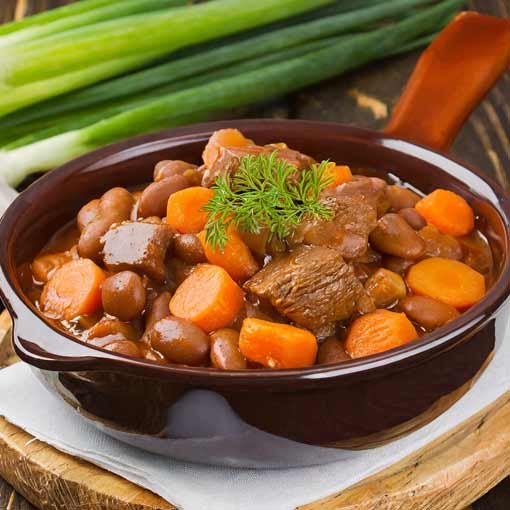
To make bison stew, start by browning the meat in a pot with some oil. Then, add in diced onions, carrots, and potatoes. Season with salt, pepper, and herbs like thyme and rosemary. Pour in some broth or water and let it simmer for a few hours until the meat is tender. This stew is a perfect representation of the simplicity and sustainability of Native American cuisine.
2. Venison Jerky
Another staple in Native American diets is venison, which is the meat of deer. It is a lean and protein-rich meat that is often preserved through drying and smoking. Venison jerky is a popular snack that is easy to make and can last for a long time.
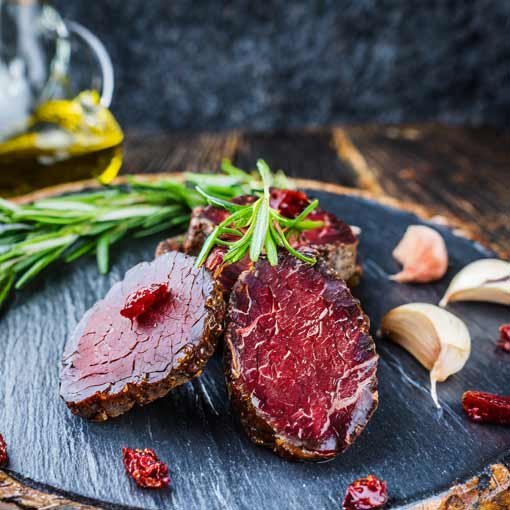
To make venison jerky, start by slicing the meat into thin strips. Then, marinate it in a mixture of soy sauce, Worcestershire sauce, and your choice of spices. Let it sit for a few hours or overnight. Then, lay the strips on a baking sheet and bake in the oven at a low temperature for several hours until the meat is dried and chewy. This recipe is a great way to experience the flavors of Native American cuisine in a convenient and portable form.
3. Wild Rice and Duck Soup
Wild rice is a staple in many Native American diets, and it is often paired with game meats like duck. This soup is a perfect example of the fusion of traditional ingredients and flavors in Native American cuisine.
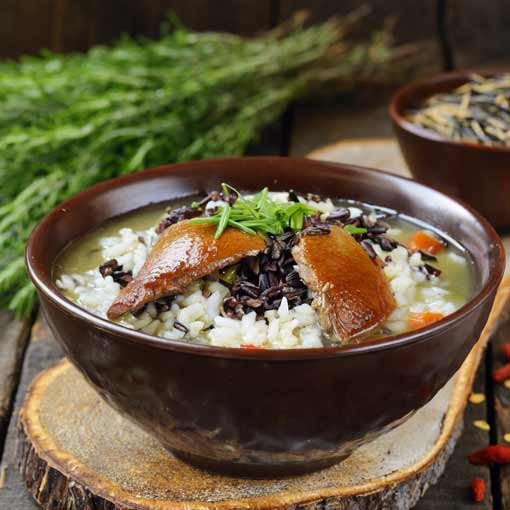
To make wild rice and duck soup, start by cooking the wild rice according to package instructions. In a separate pot, cook the duck meat with some onions, celery, and carrots. Once the meat is cooked, add in the cooked wild rice and some broth. Let it simmer for a few minutes until all the flavors are combined. This soup is a hearty and comforting dish that showcases the use of wild rice and game meat in Native American cooking.
4. Elk Chili
Elk is another popular game meat in Native American cuisine, and it is often used in dishes like chili. This recipe is a perfect example of how traditional ingredients can be adapted to create new and delicious dishes.
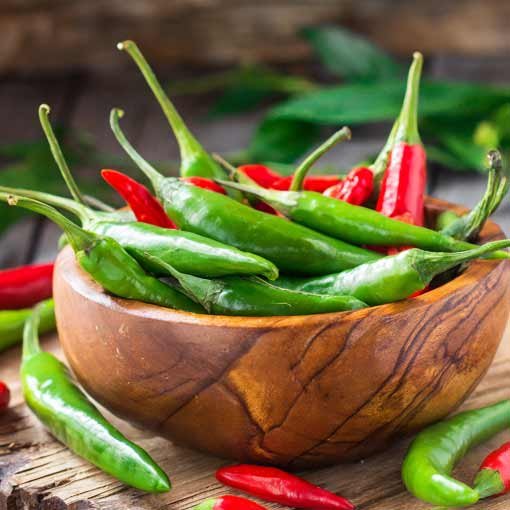
To make elk chili, start by browning the meat in a pot with some oil. Then, add in diced onions, bell peppers, and tomatoes. Season with chili powder, cumin, and other spices of your choice. Pour in some broth or water and let it simmer for a few hours until the meat is tender and the flavors have melded together. This hearty and flavorful chili is a must-try for anyone looking to explore the diverse flavors of Native American cuisine.
5. Rabbit Fry Bread Tacos
Fry bread is a staple in many Native American communities, and it is often served with various toppings and fillings. One popular variation is rabbit fry bread tacos, which combine the crispy and fluffy fry bread with tender and flavorful rabbit meat.
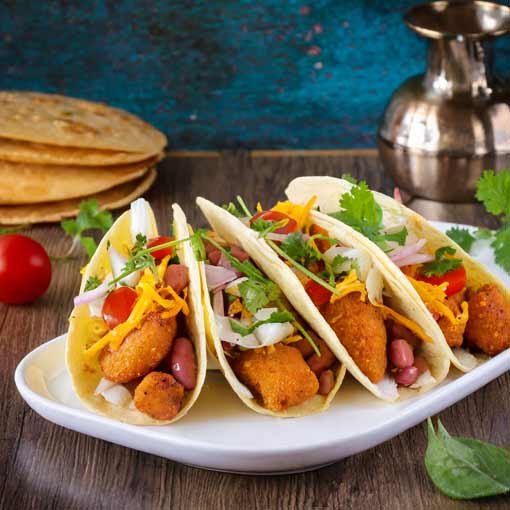
To make rabbit fry bread tacos, start by cooking the rabbit meat with some onions, garlic, and spices. Then, make the fry bread dough by combining flour, baking powder, salt, and water. Roll out the dough and fry it in hot oil until it is golden brown and crispy. Fill the fry bread with the cooked rabbit meat and your choice of toppings like cheese, lettuce, and salsa. This dish is a delicious and unique way to experience the flavors of Native American cuisine.
In conclusion, Native American cuisine is a treasure trove of traditional recipes that showcase the use of wild game and other natural ingredients. These five must-try recipes are just a small glimpse into the rich and diverse culinary tradition of indigenous communities. By trying these dishes, you not only get to experience new and delicious flavors but also gain a deeper appreciation for the cultural significance of food in Native American communities.
Exploring the Rich History and Flavors of Native American Wild Game Cuisine
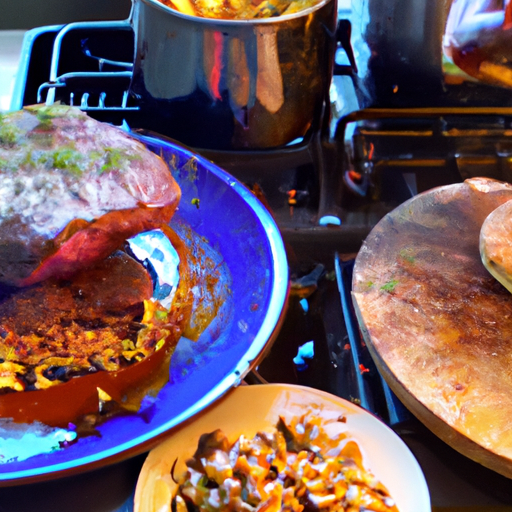
Wild Gastronomy: Discovering Native American Traditional Wild Game Recipes
When it comes to traditional cuisine, Native American culture is often overlooked. However, the rich history and flavors of Native American wild game cuisine are not to be missed. For centuries, Native American tribes have relied on hunting and gathering for sustenance, and their culinary traditions have been passed down from generation to generation. In this article, we will explore the diverse and delicious world of Native American wild game recipes.
The use of wild game in Native American cuisine dates back thousands of years. Hunting was not only a means of survival, but it was also deeply rooted in spiritual and cultural practices. Each tribe had their own unique hunting techniques and rituals, and the animals they hunted were considered sacred. This reverence for the land and its creatures is reflected in the way they prepared and cooked their meals.
One of the most well-known wild game dishes in Native American cuisine is pemmican. This high-energy food was created by the Plains Indians and was a staple in their diet. Pemmican is made by drying lean meat, usually bison or deer, and mixing it with rendered fat and dried berries. This mixture is then formed into small cakes, which can be stored for long periods of time. Pemmican was a vital source of sustenance for the nomadic tribes, as it provided them with the necessary nutrients and energy for their travels.
Another popular dish in Native American cuisine is fry bread. This simple yet delicious bread is made by frying dough in oil or lard. It was originally created by the Navajo tribe in the 1800s as a way to use the government-issued flour and other rations they received. Today, fry bread is a beloved dish among many Native American tribes and is often served with savory toppings such as shredded bison meat, beans, and cheese.
Bison, also known as buffalo, is a staple in Native American cuisine. This majestic animal was a vital source of food, clothing, and shelter for many tribes. Bison meat is lean and has a rich, slightly sweet flavor. It can be prepared in a variety of ways, including roasting, grilling, and stewing. One popular dish is bison stew, which is made by slow-cooking bison meat with vegetables and herbs. The result is a hearty and flavorful meal that is perfect for cold winter nights.
Venison, or deer meat, is another commonly used wild game in Native American cuisine. It is a lean and healthy protein that is often prepared by smoking or roasting. One unique dish is venison jerky, which is made by marinating thin strips of meat in a mixture of herbs and spices, then drying it in the sun or over a fire. This portable and long-lasting snack was a favorite among hunters and travelers.
Aside from meat, Native American cuisine also incorporates a variety of wild plants and herbs. For example, the Cherokee tribe used sassafras leaves to make a tea that was believed to have medicinal properties. They also used wild onions, ramps, and cattails in their cooking. These ingredients not only added flavor to their dishes but also provided important nutrients.
In conclusion, Native American wild game cuisine is a rich and diverse culinary tradition that has been passed down for centuries. From pemmican to fry bread to bison stew, each dish tells a story of the land and its people. By exploring these traditional recipes, we not only discover new and delicious flavors but also gain a deeper understanding and appreciation for Native American culture. So why not try your hand at cooking up some wild game dishes and embark on a gastronomic journey through Native American history?
From Bison to Venison: How Native American Tribes Utilized Wild Game in Their Traditional Recipes
Wild game has been a staple in the diets of Native American tribes for centuries. From bison to venison, these tribes have utilized the abundance of wild game in their traditional recipes, creating unique and flavorful dishes that have been passed down through generations.
One of the most well-known wild game meats used by Native American tribes is bison. This majestic animal was not only a source of food, but also held cultural and spiritual significance for many tribes. Bison meat was often used in stews, soups, and roasts, and was also dried and preserved for later use. The meat was lean and high in protein, making it a nutritious and sustainable option for these tribes.
Another popular wild game meat used by Native American tribes is venison, which refers to the meat of deer, elk, and moose. Venison was a valuable source of protein for these tribes, especially during the harsh winter months when other food sources were scarce. It was often prepared by smoking, drying, or roasting, and was used in a variety of dishes such as stews, jerky, and sausages.
Aside from bison and venison, Native American tribes also utilized other types of wild game in their traditional recipes. This included wild birds such as quail, pheasant, and turkey, as well as smaller game like rabbits and squirrels. These animals were often hunted using traditional methods such as bows and arrows, and their meat was used in a variety of dishes depending on the region and tribe.
One of the most unique aspects of Native American traditional wild game recipes is the use of all parts of the animal. Unlike modern-day cooking where certain parts of the animal are discarded, Native American tribes utilized every part of the animal in their recipes. This included organs, bones, and even the blood. For example, the Lakota tribe used bison blood to make a dish called wasna, which was a mixture of dried bison meat, berries, and fat.
In addition to the meat, Native American tribes also incorporated a variety of wild plants and herbs into their traditional recipes. These plants not only added flavor to the dishes, but also provided important nutrients. For example, the Cherokee tribe used wild onions, garlic, and ramps in their venison stews, while the Navajo tribe used juniper berries and sage in their bison dishes.
The preparation of wild game in Native American traditional recipes was also a communal activity, with everyone in the tribe participating in the process. This not only helped to ensure that everyone had enough food, but also strengthened the bonds within the community. The hunting and preparation of wild game was also seen as a way to honor and respect the animals that provided sustenance for the tribe.
Today, many Native American tribes continue to preserve their traditional wild game recipes, passing them down through oral traditions and written cookbooks. These recipes not only provide a glimpse into the rich cultural heritage of these tribes, but also offer a unique and delicious way to experience wild game.
In conclusion, from bison to venison and everything in between, Native American tribes have utilized a variety of wild game in their traditional recipes for centuries. These recipes not only showcase the resourcefulness and ingenuity of these tribes, but also highlight the importance of sustainability and utilizing all parts of an animal. So the next time you have the opportunity to try a Native American traditional wild game dish, remember the rich history and cultural significance behind it.
Q&A
1) What is wild gastronomy?
Wild gastronomy is the practice of cooking and preparing traditional dishes using wild game and ingredients found in nature, often incorporating Native American cooking techniques and recipes.
2) What are some examples of traditional Native American wild game recipes?
Some examples of traditional Native American wild game recipes include bison stew, venison jerky, rabbit fry bread, and wild rice and duck casserole. These dishes often incorporate ingredients such as berries, nuts, and herbs that are foraged from the wild.
3) Why is wild gastronomy important?
Wild gastronomy is important because it helps preserve and celebrate Native American culture and traditions, while also promoting sustainable and ethical hunting practices. It also allows for a deeper connection to nature and the land, as well as providing unique and delicious culinary experiences.
Conclusion
In conclusion, Wild Gastronomy offers a unique and authentic look into Native American traditional wild game recipes. These recipes not only provide a delicious and nutritious way to enjoy wild game, but also offer a deeper understanding and appreciation for the cultural and historical significance of these dishes. By incorporating these recipes into our modern diets, we can honor and preserve the culinary traditions of Native American communities while also expanding our own culinary horizons. Wild Gastronomy is a valuable resource for anyone interested in exploring the diverse and flavorful world of Native American cuisine.
Please follow us on linkedin. You can learn all best canadian food recipes you can check our Culinary 1TouchFood Youtube and Telegram 1TouchFood page. Don’t forget Fighting Obesity Magazine and Radio Cooking.

